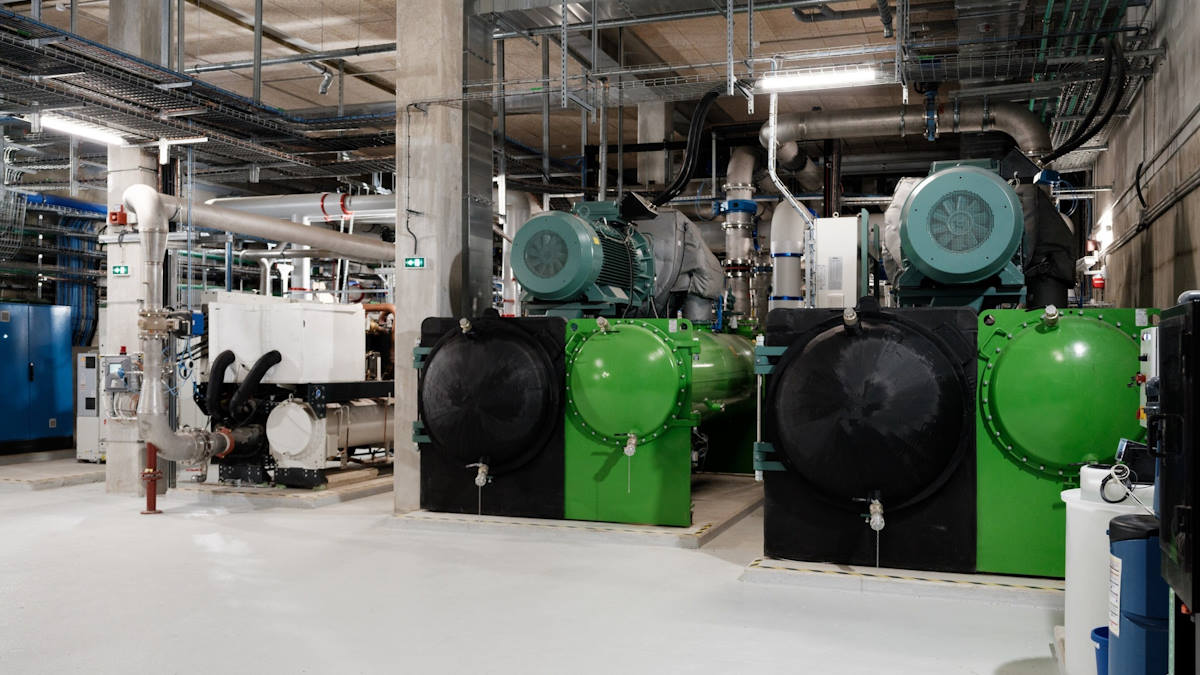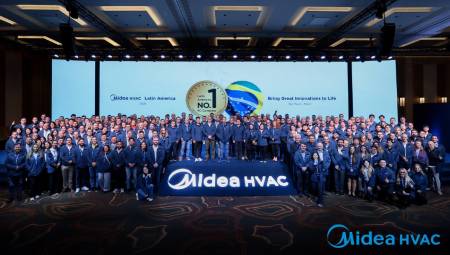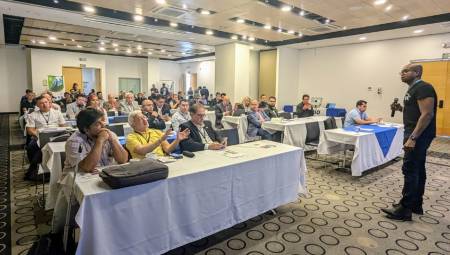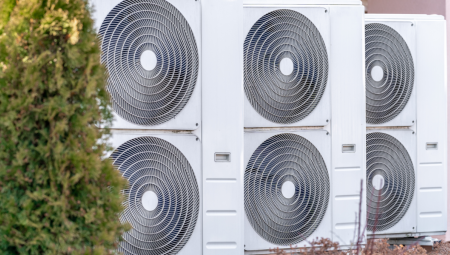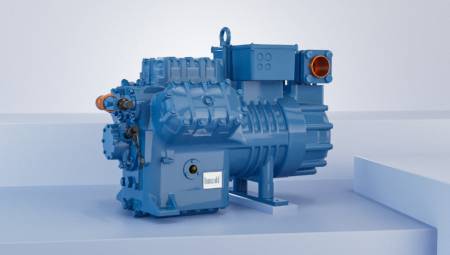International. Thanks to Johnson Controls' technology, visitors will be able to enjoy a more comfortable experience in "some of the smartest and most energy-efficient stadiums on the continent".
By integrating advanced building automation systems, HVAC systems and firefighting technologies across eight venues, the company is not only helping the International Olympic Committee prioritize safety and operational efficiency, but also contributing to the Committee's ambitious goal of reducing the event's carbon footprint by 50% compared to previous games. To achieve this goal, it was necessary to make the infrastructure of the buildings behind the games venues more energy-efficient and sustainable.
For example, two of the latest innovations from Johnson Controls' 3.3 MW York industrial chillers are in operation at the new refrigeration production plant, the La Chapelle plant, located in the Adidas Arena sports and cultural complex. As the twelfth power plant in the City of Paris' cooling network, it meets the cooling needs of the Adidas Arena and its surroundings. This equipment provides sustainable and energy-efficient cooling in one of the emblematic venues of the Olympic Games.
"With temperatures rising year after year and heat waves becoming the norm, the need for sustainable cooling technology is critical to ensure optimal conditions in venues and minimize the impact on the planet," said Marc Vandiepenbeeck, chief financial officer and president of Johnson Controls for Europe, Middle East and Africa. "Chillers are one of the most energy-intensive pieces of equipment in a building and represent an important opportunity to reduce energy use and cost, while minimizing the carbon footprint and providing a healthier indoor environment."
Another example is a famous tennis arena where Johnson Controls' Metasys building automation system connects the building's most important equipment, including the heating, ventilation, and air conditioning system, lighting control, and energy management. The system monitors and monitors performance and provides real-time data so that facility managers can identify potential issues, make adjustments and ensure the stadium is operating as efficiently and sustainably as possible.
 "We are proud to work with these prestigious venues and help our customers achieve their desired outcomes in energy efficiency, carbon reduction, safety and building management. Our expertise in smart stadiums and large venues has made Johnson Controls the partner of choice for stadiums around the world and we continue to innovate in this area to further enhance the fan experience," added Vandiepenbeeck.
"We are proud to work with these prestigious venues and help our customers achieve their desired outcomes in energy efficiency, carbon reduction, safety and building management. Our expertise in smart stadiums and large venues has made Johnson Controls the partner of choice for stadiums around the world and we continue to innovate in this area to further enhance the fan experience," added Vandiepenbeeck.


